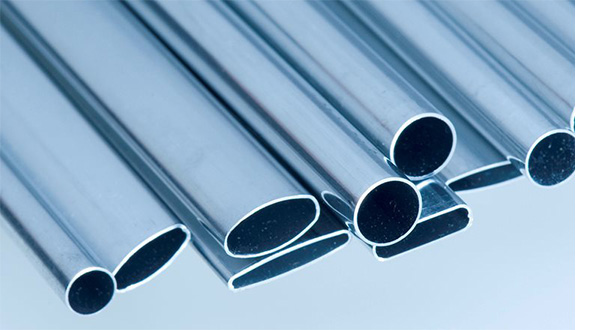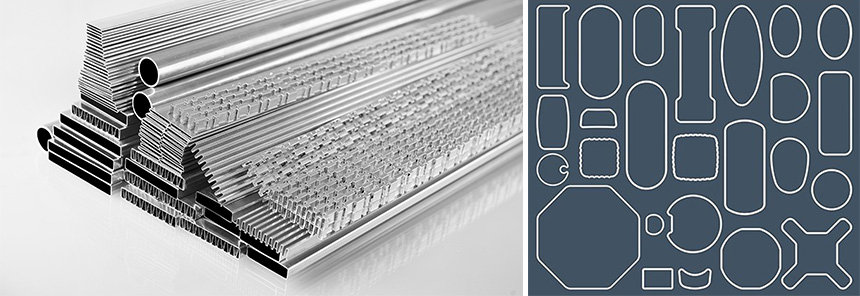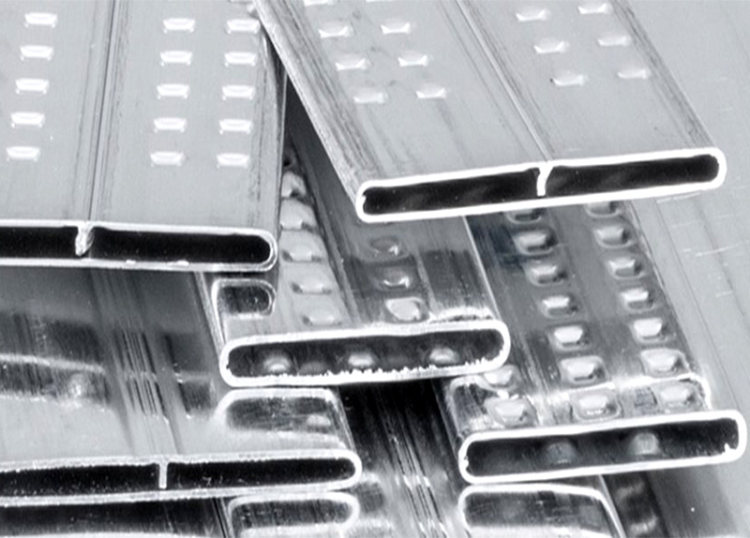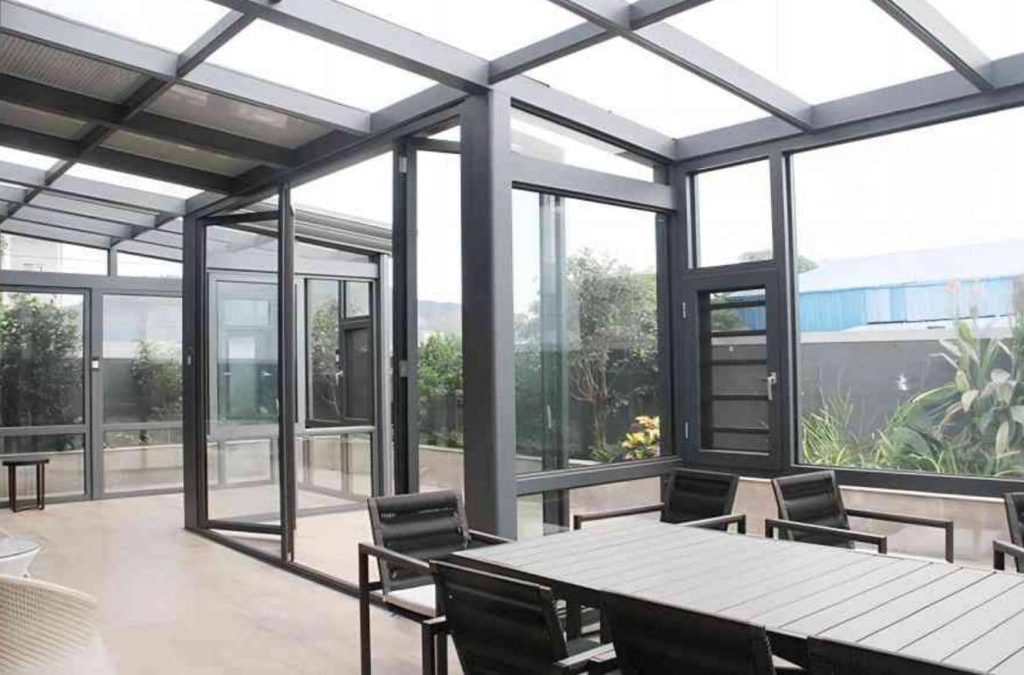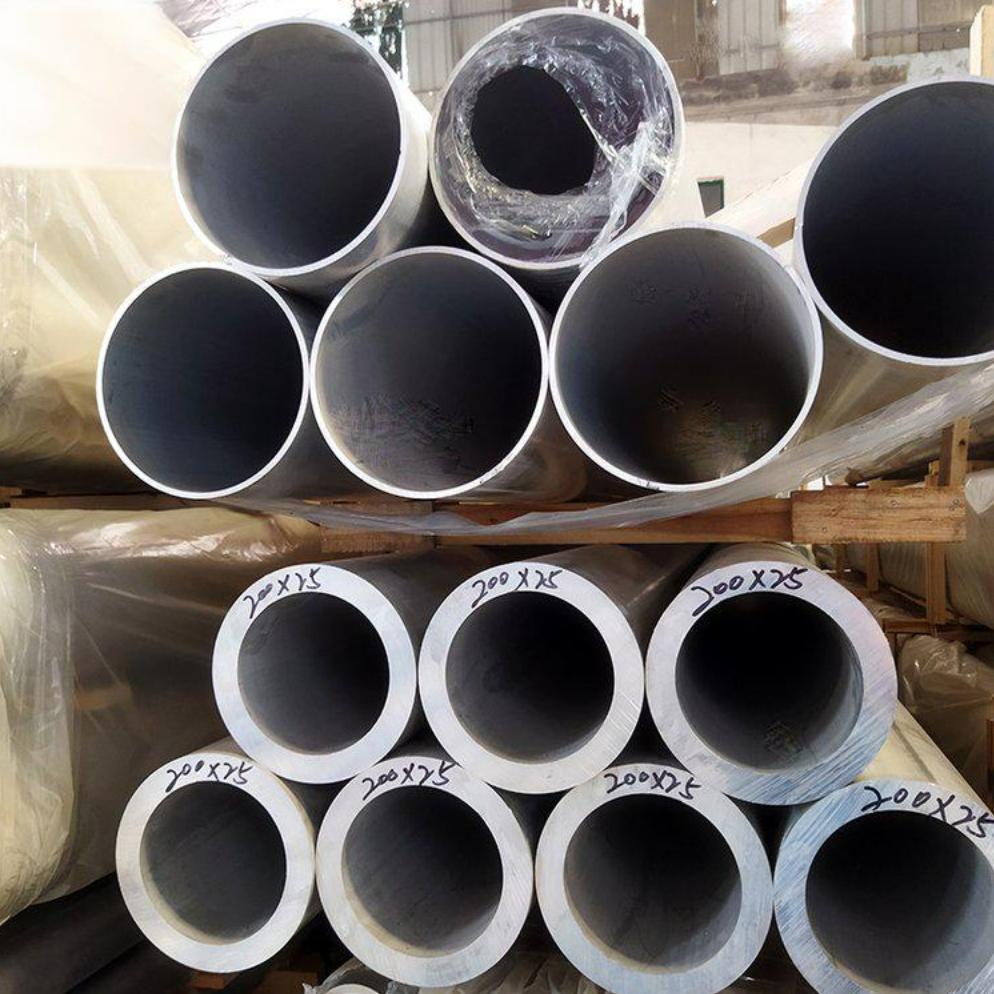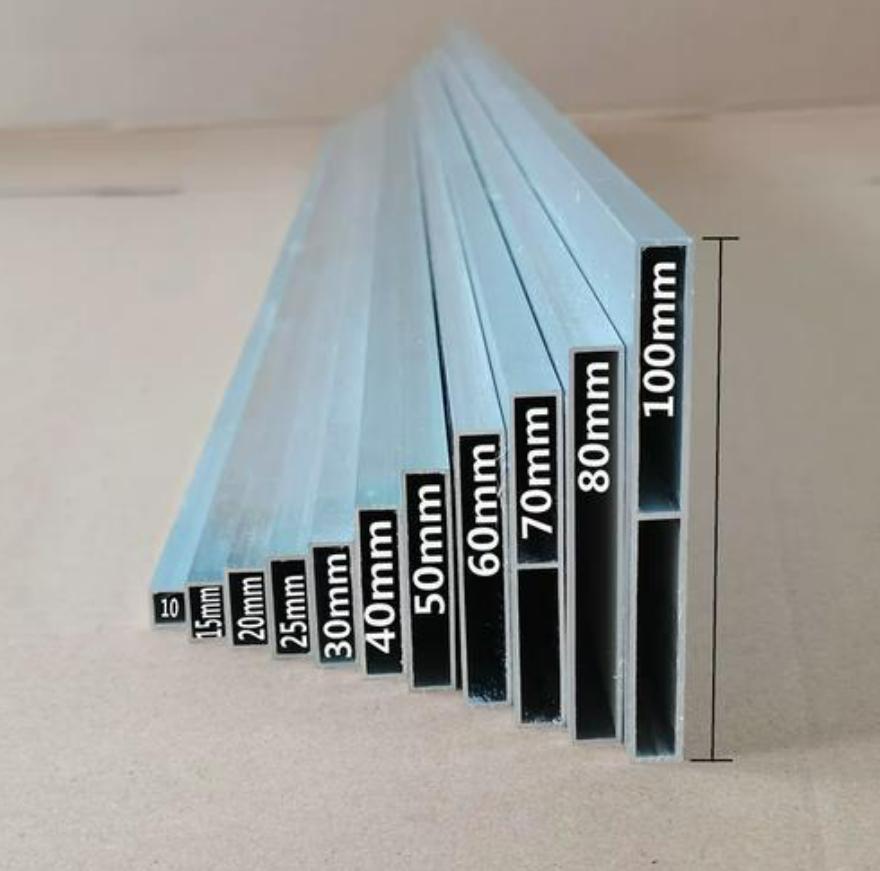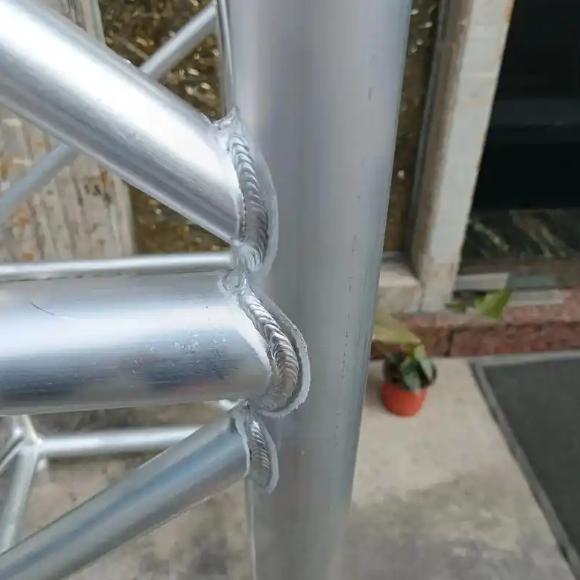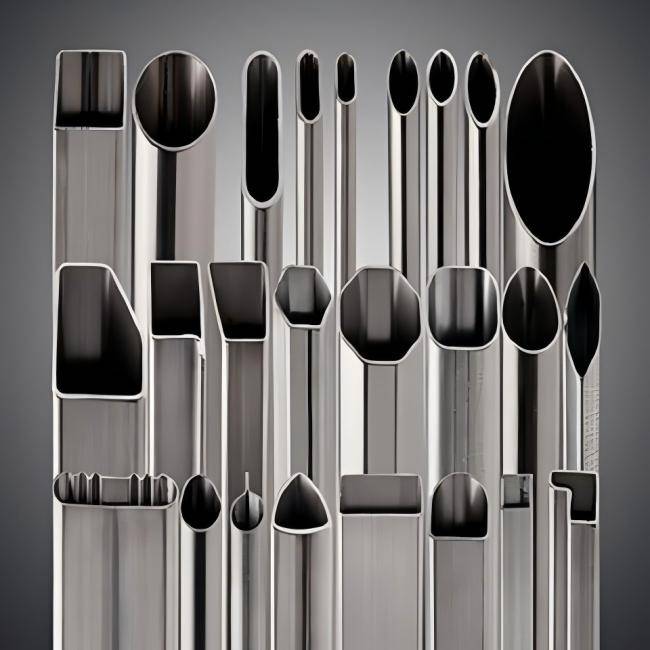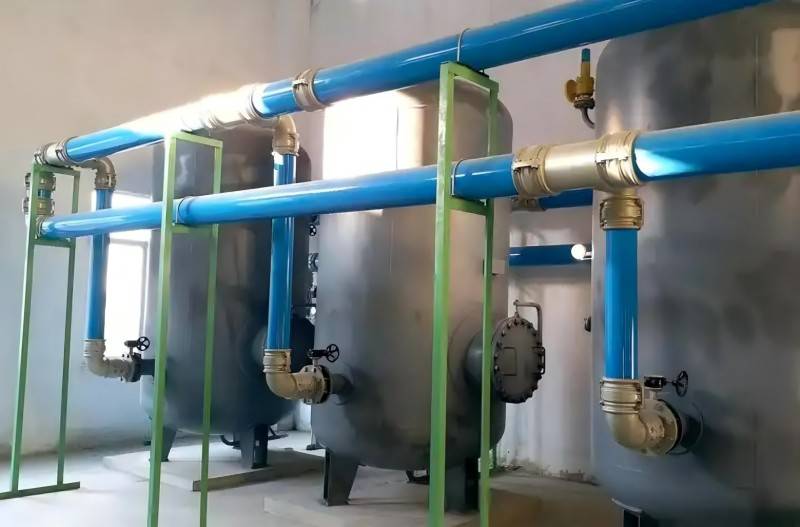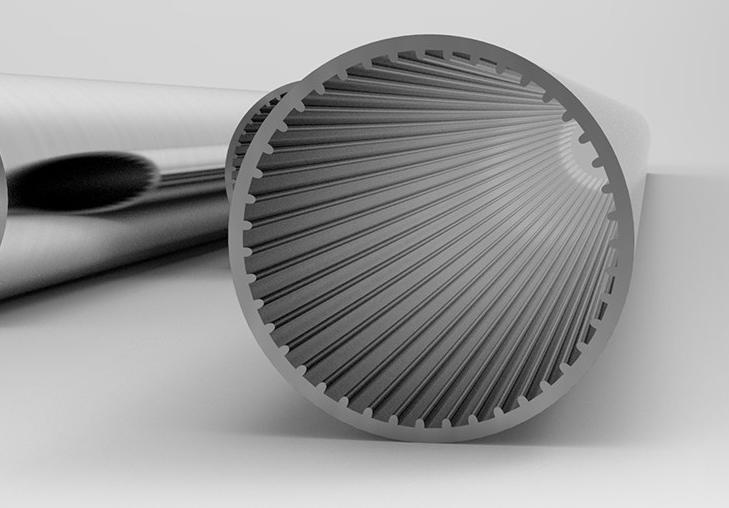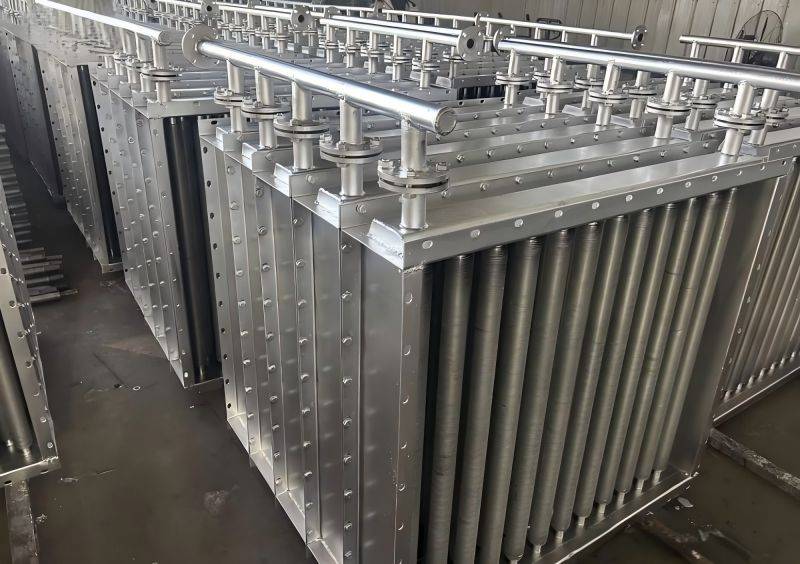Aluminum rectangular tubes have become a crucial material in the construction industry due to their versatility, durability, and ease of fabrication. Among the various types of aluminum alloys, the 6061 aluminum rectangular tube is trendy, as it offers excellent mechanical properties, including high strength, corrosion resistance, and good weldability. Additionally, aluminum rectangular tubing sizes vary greatly, allowing for a wide range of applications, from structural components to decorative elements in modern architecture.
In this article, we will explore the material choices for aluminum rectangular tubes, the importance of selecting the right sizes and specifications, and its extensive use in architectural applications.
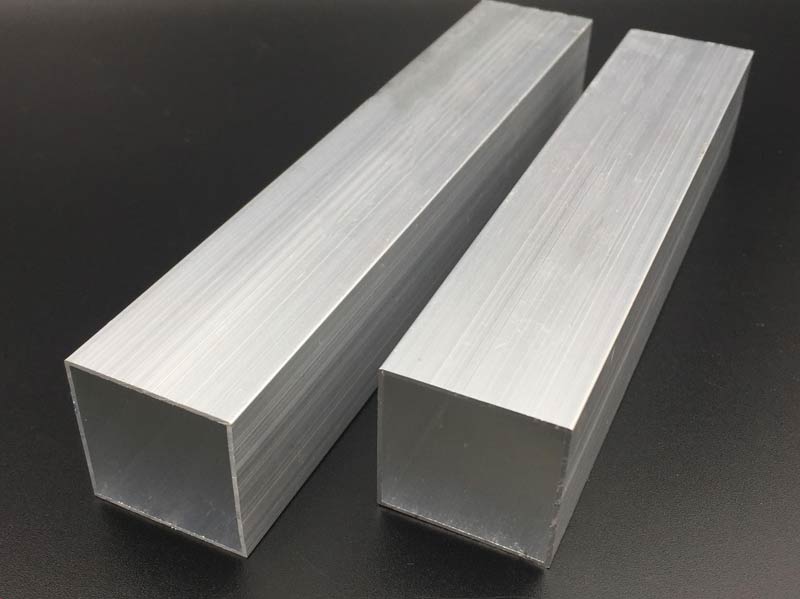
Material Selection for Aluminum Rectangular Tubing in Construction
One of the primary factors in selecting aluminum rectangular tubing for construction projects is the material composition. Aluminum is known for being lightweight, corrosion-resistant, and strong, making it a popular choice for various construction applications. Two of the most commonly used alloys in aluminum tubing are 6061 aluminum alloy and 6063 aluminum alloy. Both alloys have specific strengths that make them suitable for different construction scenarios.
1. 6061 Aluminum Alloy
6061 aluminum alloy is renowned for its high strength and hardness, making it ideal for applications that require structural integrity and load-bearing capacity. The alloy is often used in the construction of door and window frames, stair railings, and curtain wall support structures. Its excellent weldability also makes it easy to fabricate, even in more complex or custom designs. Additionally, 6061-T6 heat-treated aluminum tubing is a popular choice because it provides superior strength while retaining good formability and machinability.
Key Applications of 6061 Aluminum Rectangular Tubing:
- Door and window frames
- Staircase handrails
- Structural frameworks
- Load-bearing curtain wall systems
2. 6063 Aluminum Alloy
6063 aluminum alloy stands out for its superior surface finish and excellent processing characteristics, making it the preferred choice for architectural and decorative applications. The alloy has a slightly lower strength compared to 6061, but it is highly suitable for anodizing and other surface treatments. This makes it ideal for projects where aesthetics are crucial, such as in decorative trim, framing for windows and doors, and exterior facades.
Key Applications of 6063 Aluminum Rectangular Tubing:
- Decorative architectural elements
- Window and door trims
- Interior design accents
- Anodized or painted structures
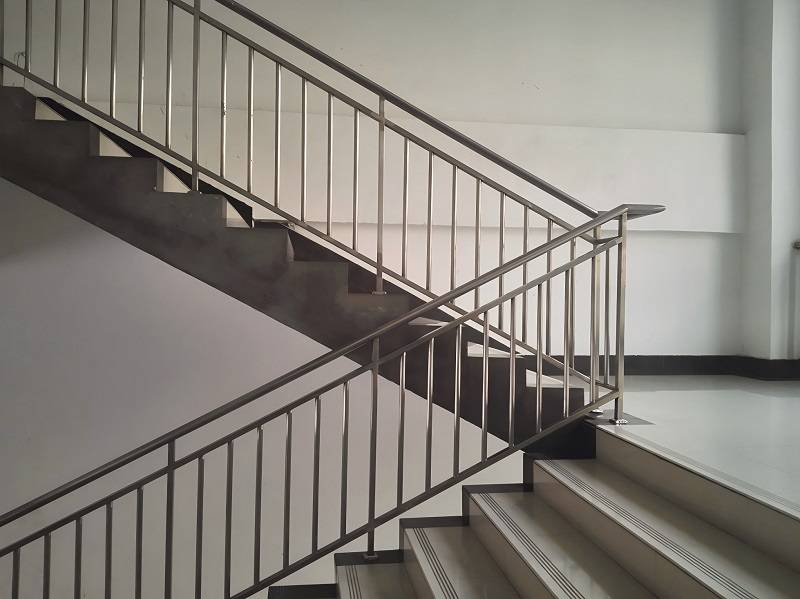
Aluminum Rectangular Tubing Sizes and Specifications
In addition to material selection, the size and specifications of aluminum rectangular tubing play a critical role in determining its suitability for different construction applications. Aluminum tubing is available in a wide range of sizes, typically defined by the width, height, and wall thickness of the tubing. These parameters determine the load-bearing capacity, weight, and overall performance of the tubing in various architectural and structural contexts.
1. National Standard for Aluminum Rectangular Tubing
In many countries, aluminum tubing sizes are regulated by national standards to ensure consistency and safety in construction. In China, for example, the specifications for aluminum rectangular tubing are defined by the GB/T 5237-2008 standard, which governs aluminum extrusion profiles. Commonly used sizes for standard aluminum tubing include 15x15mm, 20x20mm, and 25x25mm, with wall thicknesses adjusted based on engineering requirements.
2. Popular Aluminum Rectangular Tubing Sizes for Interior Design
For interior design applications such as ceiling decorations and partitions, aluminum rectangular tubing with smaller dimensions and thinner walls is often used. For example, dimensions such as 30x50mm, 30x80mm, and 40x60mm with wall thicknesses ranging from 0.4mm to 3.5mm are commonly utilized for ceilings, interior facades, and decorative partitions.
Key Dimensions for Interior Applications:
- 30x50mm, 30x80mm, 40x60mm
- Wall thickness: 0.4mm to 3.5mm
Applications of Aluminum Rectangular Tubing in Architectural Design
Aluminum rectangular tubing is widely used in modern architecture due to its versatility, lightweight nature, and high strength-to-weight ratio. Its adaptability makes it suitable for both structural and decorative elements across various types of buildings. Below are some of the key applications of aluminum rectangular tubing in the construction industry.
| Application | Description |
| Curtain Wall Systems | Aluminum rectangular tubing provides structural support and aesthetic appeal in curtain walls for modern high-rise buildings. Its lightweight nature makes installation easier, and its corrosion resistance ensures long-lasting durability. |
| Ceiling Systems | Used to create modern, sleek ceiling designs with functional ventilation and lighting integration. The tubing’s customizable nature allows for unique patterns, making it suitable for commercial and cultural buildings. |
| Commercial and Cultural Buildings | Enhances the appearance and functionality of commercial spaces like shopping malls, offices, and exhibition centers. Customizable designs enable architects to match the specific architectural vision, delivering high-quality finishes. |
| Public Buildings | Ideal for creating open and modern structures in public spaces like train stations, airports, and exhibition halls. Its lightweight and flexible nature allows for large, visually striking, and structurally sound spans with minimal support. |
| Exterior Wall Decorations | Aluminum rectangular tubing is flexible in height, direction, and color, enabling dynamic patterns and three-dimensional designs that enhance the building’s exterior, giving it a distinctive, engaging facade. |
| Interior Decorations | Commonly used for artistic columns, wall decorations, and sculptures. Adds a modern, artistic touch to interiors, making it a popular choice for art galleries, high-end retail stores, and luxury hotels. |
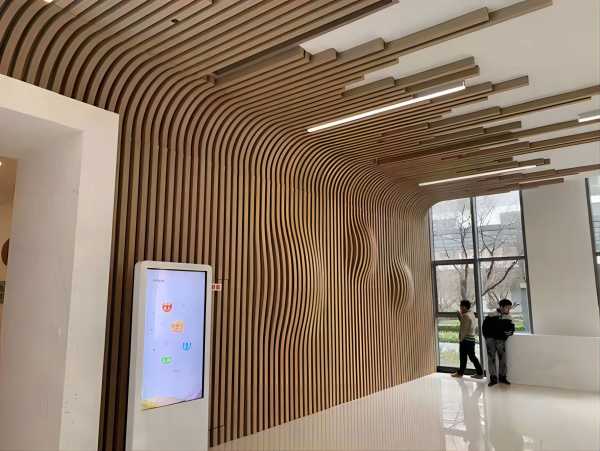
In a word, aluminum rectangular tubes play a crucial role in the construction industry, particularly in architectural design and decoration. Whether choosing 6061 for structural strength or 6063 for aesthetic appeal, aluminum rectangular tubing offers the flexibility to meet diverse architectural and engineering demands. By carefully selecting the appropriate material and size specifications, architects and construction professionals can fully harness the potential of aluminum rectangular tubing to create innovative and long-lasting buildings.



